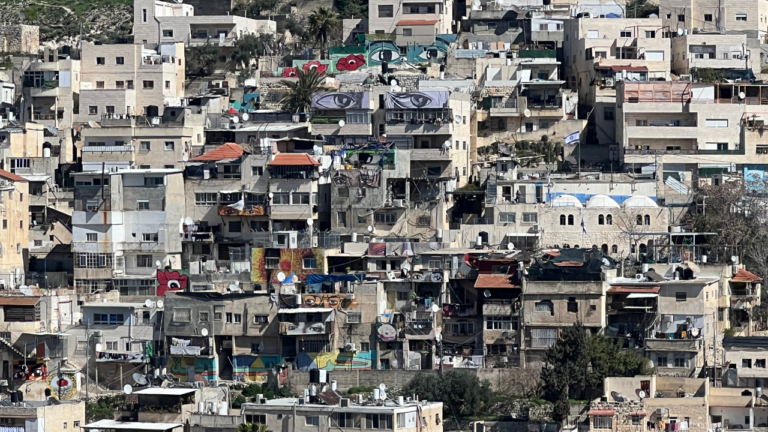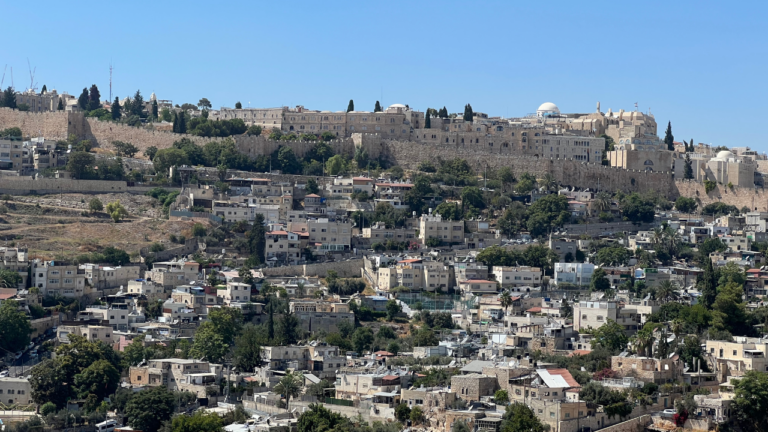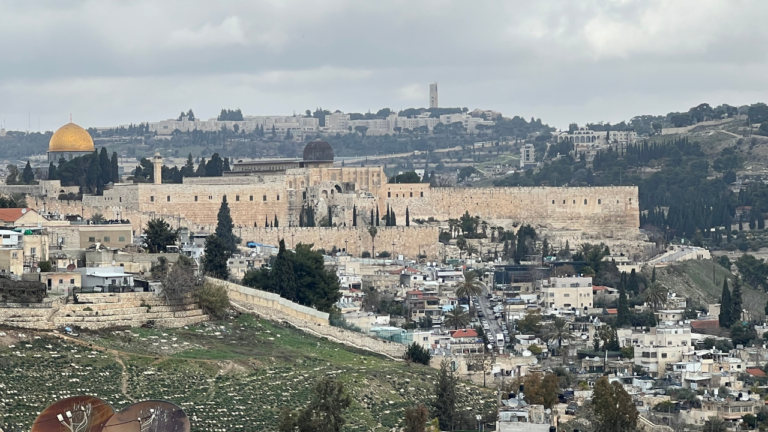A Hopeful Vision of the Future
Immediately before the dramatic story of Moshe hitting the rock, the Torah tells us that Miriam passed away. Chazal understand that these events are connected. The Jewish people received water in the desert due to the merit of Miriam and therefore when she was no longer living the well stopped providing water. This led the people to complain to Moshe about a lack of water and the story of Moshe hitting the rock unfolded.
Rav Gur Galon of Yeshivat Har Bracha adds another dimenstion to this juxtaposition. Throughout the story of the Torah, Miriam is the leader who sustains a positive attitude and a long-term vision of hope. Even in the depths of Mitzraim, she tends to the new-born babies and plays with them. When her parents separate and decide to no longer have children due to the suffering around them, she convinces her parents that there is still hope for the birth of a redeemer. When her baby brother Moshe is placed in a basket in the great Nile River with seemingly little hope for his life, it is she who stands and waits for a positive outcome. Similarly, she led the women in bringing musical instruments out of Mitzraim as she was totally convinced of God’s continuing salvation.
This long-term and hopeful vision is necessary for leadership. The stories of the Torah do not paint the Jewish people in the most complimentary light. They worship idols, complain about every aspect of their miraculous lives and seem to show ingratitude to God and to Moses. Judging the Jewish people by their contemporary actions might have led Moshe to frustration with his flock.
But it was the power of Miriam that renewed trust in the people. Yes, right now they might be petty and childish. But they are God’s people and will loyally stay connected to God throughout their tumultuous history. They have a bright future ahead of them. With some patience and guidance, they will yet become the people you want them to be.
But once Miriam passes and the power of this long-term vision and steadfast faith in the people begins to fade, Moshe begins to judge the people based on the present. Therefore, he angrily accuses them of being “rebellious” and loses his ability to enter the Land of Israel.
Throughout the long exile, the city and concept of Yerushalayim has been our Miriam. Just as Miriam beamed faith in her people and hope for the future, in our era that symbol of a hopeful future has been Yerushalayim. Even as the present might be insufferable and we are tempted to become frustrated and lose our faith in ourselves and in God, Yerushalayim reminds us that we are long-game players. Three times a day when we pray for Yerushalayim we are teaching ourselves that there is a bright future of God’s presence permeating a city that we aspire towards. And we remind ourselves to keep working in the present to reach that goal.



